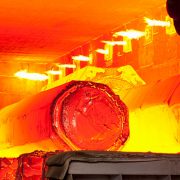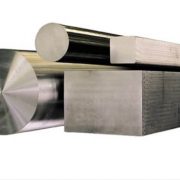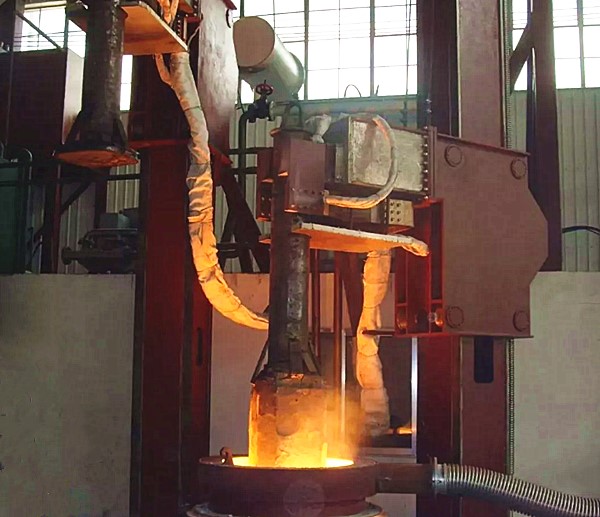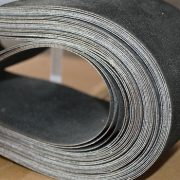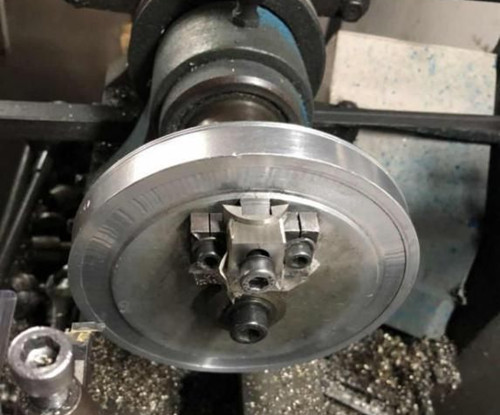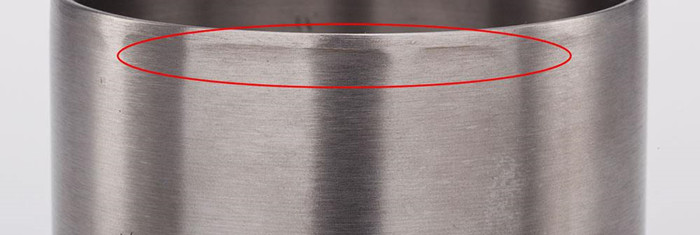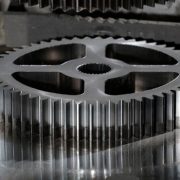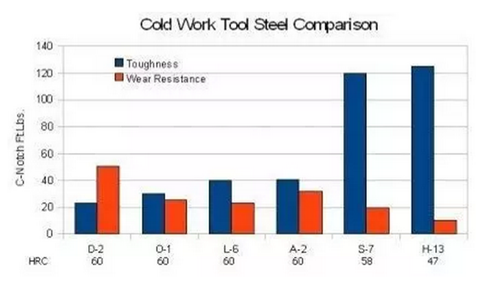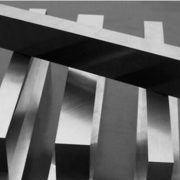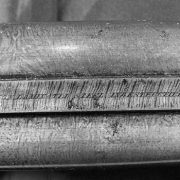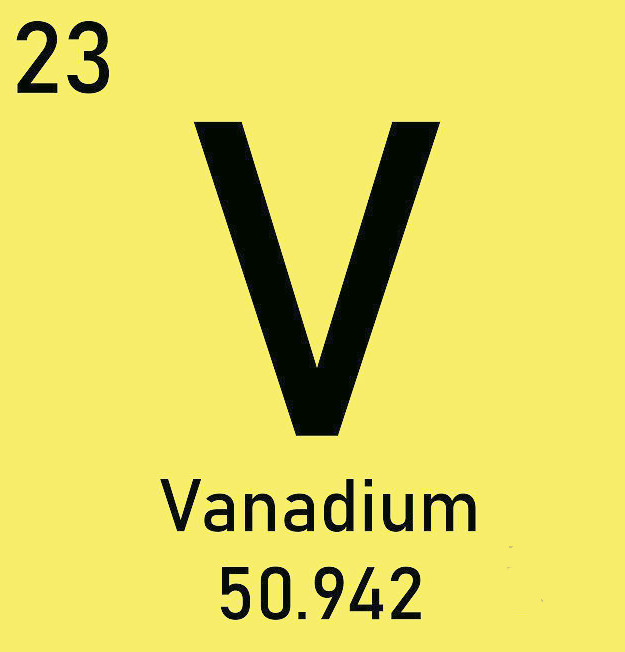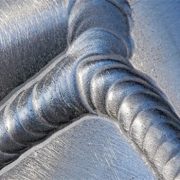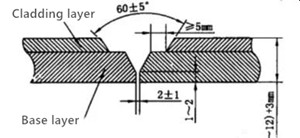H13 tool steel heat treatment
Hot-working AISI H13 tool steel offers high hardenability, excellent wear resistance and hot toughness, has been widely used in hot forging dies, pressure dies casting tools, extrusion tools, hot shear blades, stamping dies, plastic mold and aluminum alloy die casting dies, is the most commonly used hot-worked die steel. The H13 steel made by electroslag remelting (ESR) process can effectively improve the low microstructure and densification of steel, and improve the isotropy of die steel. Compared with ESR process, the furnace refining H13 can save 20% ~ 30% of the production cost, is still the mainstream smelting method. Reasonable forging process and heat treatment process can improve the quality, performance and service life of H13 steel.

The heat treatment temperature and cooling method depend on the critical transition point and isothermal transition of the H13 tool steel. The following data you should know before the heat treatment of H13 steel:
1) Critical point: Ac1, 850~885 ℃, Ac3:910 ℃.
2) Cooling transition point: Ar1, 700℃; Ar3, 820 ℃; Ms, 335 ℃.
3) Austenitization temperature: 1 010 ℃
Annealing
In order to eliminate the stress of H13 steel forging, improve the structure, refine the grain, reduce the hardness for machining, annealing is a necessary process, generally is performed high temperature/isothermal spheroidization annealing: 860 ~ 890℃, heating and holding for 2h, cooling to 740 ~ 760℃ isothermal 4h, furnace cold to about 500℃ out of the furnace.
(1) the complete annealing process of H13 steel is :850~900℃, 3~4h.
(2) the isothermal spheroidizing annealing process: 845 ~ 900 ℃ by 2 ~ 4 h/furnace cooling + 700 ~ 740 ℃ by 3 ~ 4 h/furnace cooling, [40 ℃ / h, 500 ℃ from air cooling];
(3) H13 steel dies with higher quality requirements shall also be annealed to prevent white spot and the process cycle shall be longer;
(4) for molds with complex shapes, a stress-free annealing shall be conducted after rough machining :600~650℃, 2h/ furnace cooling; The carbide structure of large H13 steel forgings treated by conventional spheroidization annealing is extremely uneven, and the existence of severe intergranular carbide chains can be realized by multiple spheroidization annealing or austenitizing fast cooling (normalizing) respheroidization annealing
Quenching
H13 steel has good hardenability, for H13 forging thickness less than 150 mm, oil quenching can achieve uniform hardness, but it’s easy to cause oxidation and decarburization and other defects deo to Mn, Si elements in the steel. It is recommended to use salt bath, controlled atmosphere heat treatment, vacuum heat treatment or coating to prevent decarburization.
The hardness of 54~55 HRC can be obtained by quenching at 1 030 ℃, and the grains begin to grow beyond 1 040 ℃. Therefore, the heat treatment temperature range of 1 030~1 040 ℃ is recommended. At the same time, special attention should be paid to pre-cooling to 20~30 ℃(950~980 ℃) above Ac3 when coming out of the oven to reduce stress concentration and avoid cracking.
Heating temperature 1020 ~ 1050℃, oil cold or air cold, hardness 54 ~ 58HRC;It is required that the quenching process specification of the die mainly hot and hard, the heating temperature is 1050 ~ 1080℃, the oil is cold, and the hardness is 56 ~ 58HRC.
Tempering
In order to eliminate the stress and improve the high temp toughness of H13 forgings must be tempered at high temperatures, secondary tempering can be used to improve the life of the die due to the good fire resistance and secondary hardening of the alloy elements in the steel. The tempering temperature (580±20 ℃) was used to obtain the hardness of 47~52 HRC. The microstructure after tempering is tempered martensite and a small amount of granular carbides.
Tempering should be done twice. When tempering at 500℃, the secondary hardening peak appears, with the highest tempering hardness and peak value around 55HRC, but the worst toughness. Therefore, according to the use of the mold needs 540 ~ 620℃ tempering is better. Quenching heating shall be preheated twice (600 ~ 650℃, 800 ~ 850℃) to reduce the thermal stress generated during heating.

